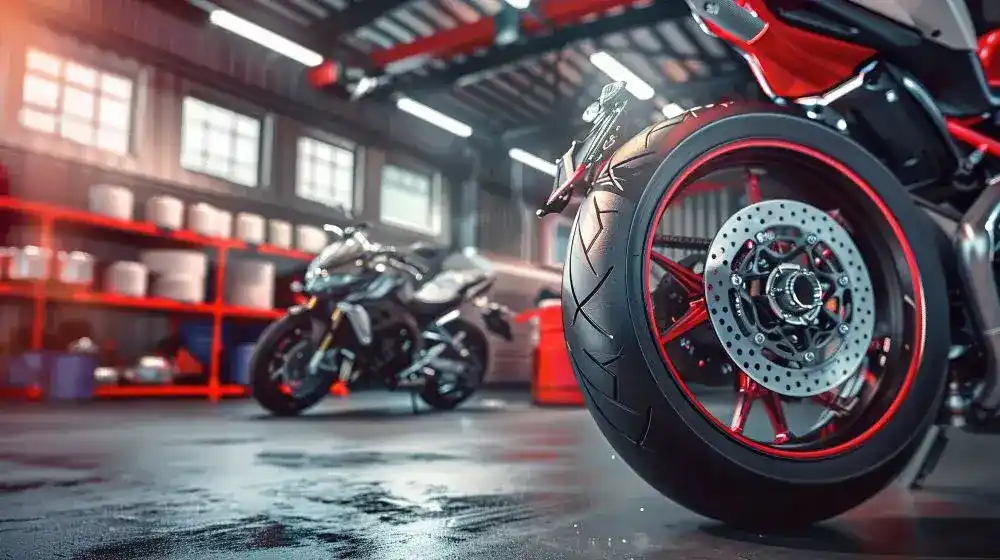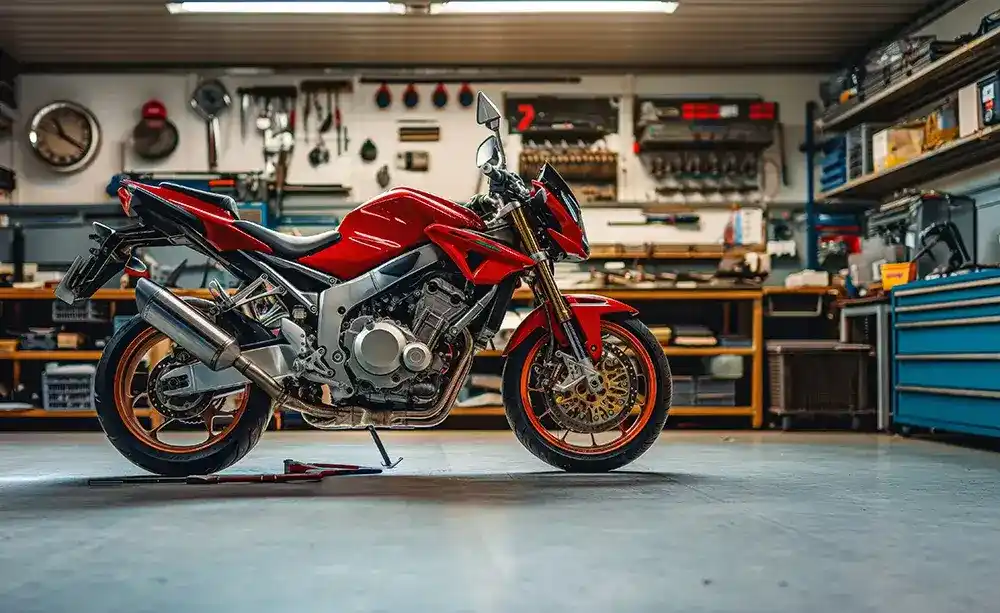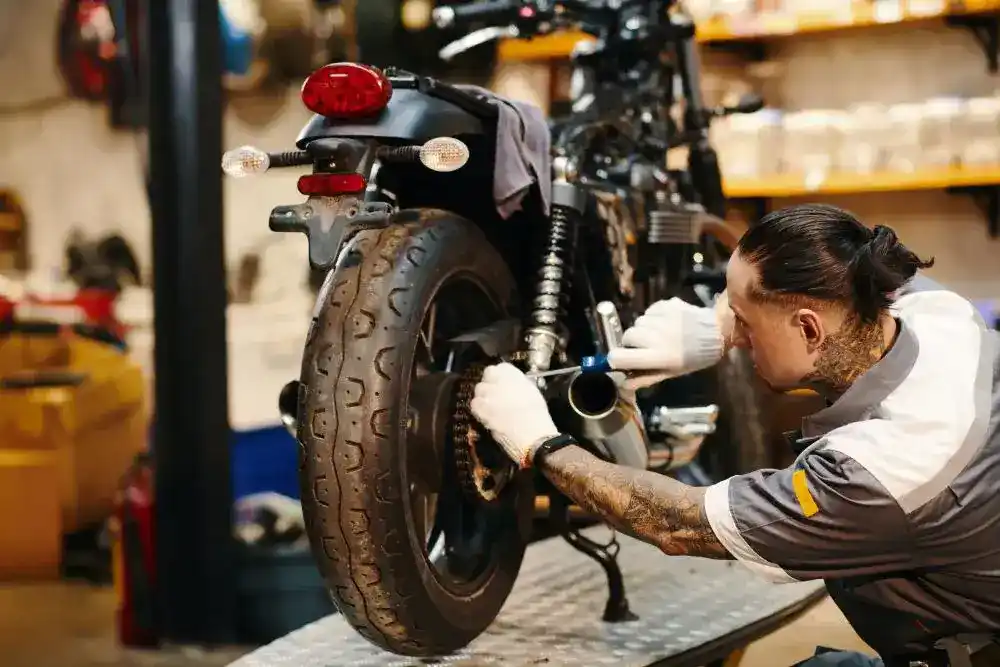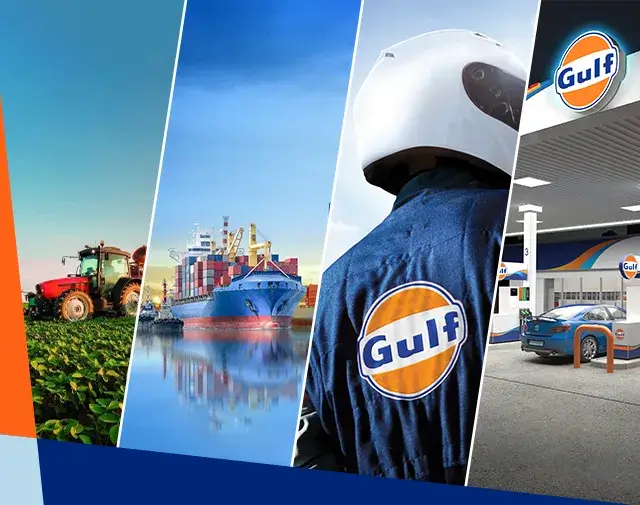Motorcycle maintenance checklist
01 Aug 2024

Staying on top of regular motorcycle maintenance is one of the best things you can do for your beloved bike. Just a few simple checks before each ride, and a schedule for things like oil changes, can not only improve safety but also save you money and even improve performance. A well-maintained bike lasts longer, avoids breakdowns, and requires fewer repairs than one that gets neglected.
To keep your motorcycle in optimal condition for as long as possible, you may want to make a motorcycle maintenance checklist. This helps you remember which tasks need completing when ensuring you don’t forget anything crucial along the way.
In this article, we’ll cover all of the tasks to add to your motorcycle maintenance checklist, how often you should perform them, as well as a list of the basic tools you’ll need. When undertaking any of these maintenance tasks, always work in a safe and well-lit environment, and wear the appropriate safety equipment such as gloves and protective goggles.
When it comes to more involved tasks such as oil changes and coolant flushing, take care to handle and dispose of all used fluids safely. You can responsibly dispose of used oil and antifreeze at a designated drop-off or recycling centre.

Tools needed for motorcycle maintenance
There are a few basic tools you need to perform the below motorcycle maintenance tasks, so it’s worth checking you have them all to hand as soon as you become a bike owner:
- Wrenches: A set of wrenches in a range of sizes from 7mm to 20mm to help you undo the various nuts and bolts of your bike.
- Screwdrivers: Slotted or Phillips screwdrivers in different sizes may be needed to help you tighten or remove screws.
- Socket sets: A 3/8in-drive socket set is recommended to help you tackle a range of fasteners on your bike.
- Chain lube applicator: Does what it says on the tin, a chain lube applicator quickly and easily dispenses lubrication to make chain maintenance simple.
- Allen keys: For any nuts and bolts with hexagonal heads, a set of Allen keys can come in handy.
- Tyre pressure gauge: Essential for checking tyre pressure regularly and especially useful for those who lower their pressure to ride off-road.
Motorcycle Maintenance Checklist
Pre-Ride Checks
Giving your ride a quick check before every ride ensures everything is in order and protects against breakdowns.
It only takes a minute or two, but it can mean all the difference between a safe and enjoyable ride and an accident. Make a note of the below and stick it up somewhere close to where you park so you have a visible reminder of the checks you need to make.
- Tyre pressure and tread wear
- Brake fluid level and functionality
- Engine oil level
- Lights and turn signals
- Chain tension and lubrication
- Controls like the clutch and throttle for proper operation
Routine Maintenance Checks
As well as the pre-ride checks, you should develop a routine maintenance schedule for the essential tasks listed below. Try setting a reminder in your phone at the appropriate intervals so you don’t forget.
- Oil changes: Check your owner’s manual for oil change intervals
- Air filter cleaning: Usually every other oil change, but more often if you ride in dusty conditions.
- Chain cleaning and lubrication: Generally after driving in wet conditions – check your owner’s manual for further recommendations.
- Spark plug replacement: Typically every 10,000 miles, refer to your handbook for specific instructions.
- Coolant system flush: Every two years as a rule of thumb but always check your owner’s handbook.
How to perform common motorcycle maintenance tasks
Oil changes
- Start with a warm engine by riding for five minutes or letting the engine idle for 10.
- Park on the stand and wait a few minutes for the oil to settle.
- Locate your motorbike’s drain bolt and place an oil pan beneath it.
- Use a socket wrench to unscrew the drain bolt, making the final few turns by hand.
- Remove the plug and hold onto it as the oil drains into the pan.
- Once drained, use a filter wrench to unscrew the filter.
- Pour out any excess oil from the filter into the pan, and wipe the seal clean.
- Dab some clean oil onto the O-ring of the new filter and screw it on by hand.
- Wipe the drain plug clean and replace the washer before replacing it and tightening it with a torque wrench. Reattach the drain bolt.
- Slowly refill your bike with motorcycle engine oil that is suitable for your bike according to the manufacturer’s handbook. Use a funnel and keep checking the dipstick until it reaches the desired level.
Tyre checks
You should check your tyres regularly before riding, taking note of the pressure and tread depth in case repairs or replacements are needed.
An improperly repaired tyre can pose significant risks, such as loss of pressure or sudden failure while riding. If you are not confident in making the repair yourself, it is safer to replace the tyre or seek professional assistance.
If you are comfortable fixing a puncture:
- Find the source of the puncture. If it is in the center of the tyre, you can fix it yourself. If it is located in the sidewall, you’ll need to call for breakdown assistance.
- Enlarge the hole with a reaming tool.
- Cover the plug with adhesive and push it into the hole before pulling out the remaining tool, leaving the plug inside.
- Trim any excess plug material with a knife.
- Attach an adapter to a gas canister (often filled with compressed CO2) and screw it onto the tyre valve. Inflate the tyre to at least 20 psi. This temporary fix should allow you to travel to a service station safely.
Tip: You can purchase gas canisters at most auto parts stores, motorcycle shops, and online retailers. These canisters are typically sold in small, portable sizes and often come with the necessary adapters for tyre inflation.

Motorcycle chain maintenance
Keeping your chain clean and well-lubricated not only looks great but also improves performance and protects against unexpected failure.
- Protect yourself from splatter with gloves and goggles.
- Put your bike on its stand and spray the chain with chain cleaner where it sits on the rear sprocket, coating the side plates on each side.
- Use a bristle brush to scrub off dirt and grime.
- Move the wheel and repeat the process until the whole chain has been cleaned.
- Repeat the process with another light spritz of cleaner, wiping away excess residue.
- Rinse the chain with water and wipe it dry with a cloth.
- Take your bike for a short ride to warm it up ready for lubrication.
- Spray chain lube where the teeth mesh with the chain for one rotation and then coat the inner side plates, taking care not to apply too much.
- To finish, check your chain tension according to your manufacturer’s recommendations.
A final word on motorcycle maintenance
Some jobs are simply too complex to do yourself. This usually includes things like major engine work, suspension repairs or electrical troubleshooting, which should all be left to a professional mechanic.
With all of the basic motorcycle maintenance tasks listed above, the best place to start is your owner’s manual. Use it to create an appropriate maintenance schedule, taking into account the specific interval recommended by your bike’s manufacturer. You can also use it for more detailed instructions for maintenance tasks, fluid capacities, and torque specifications.
Discover a range of high-performance motorcycle oils to maintain your bike.

